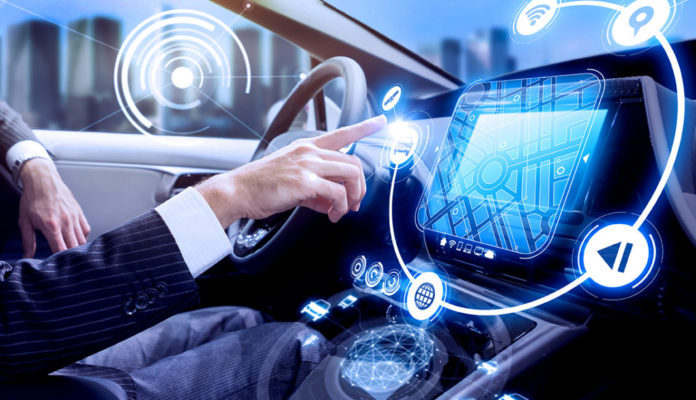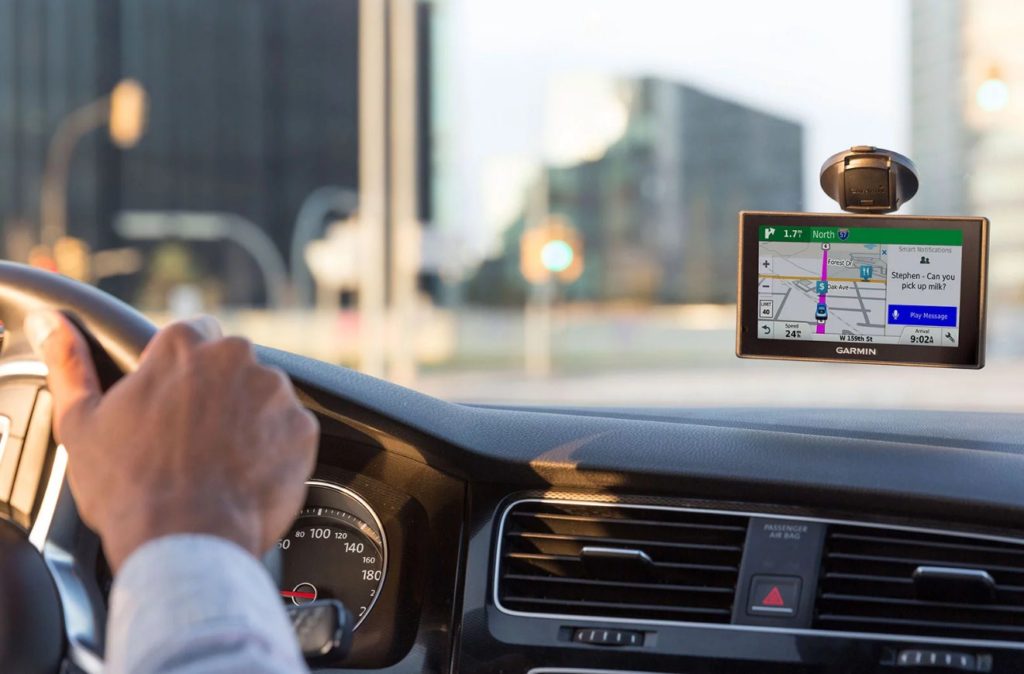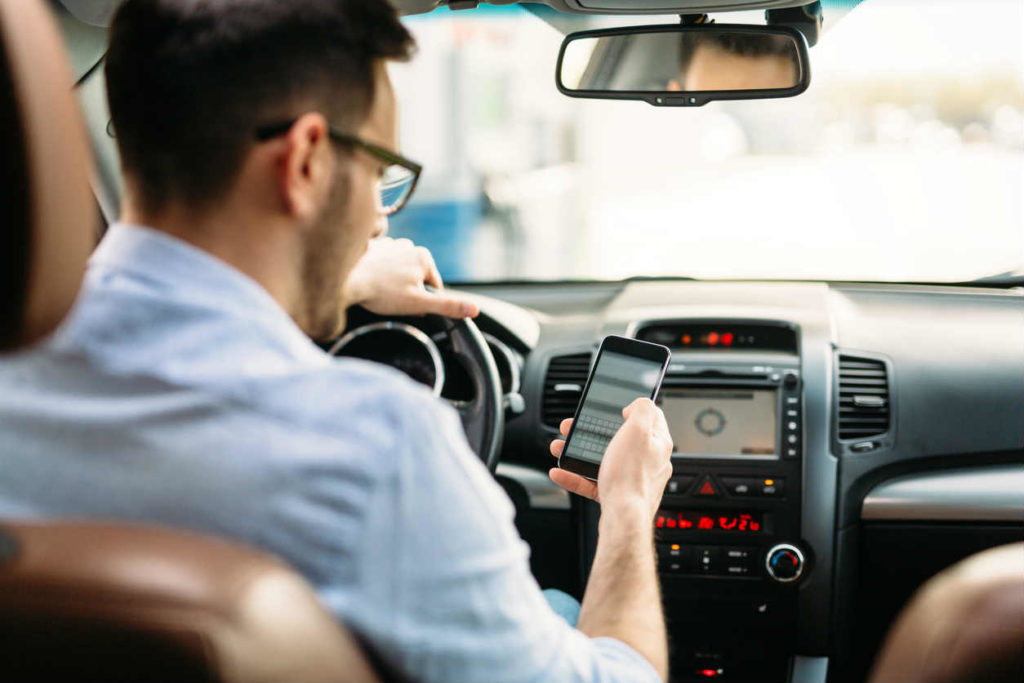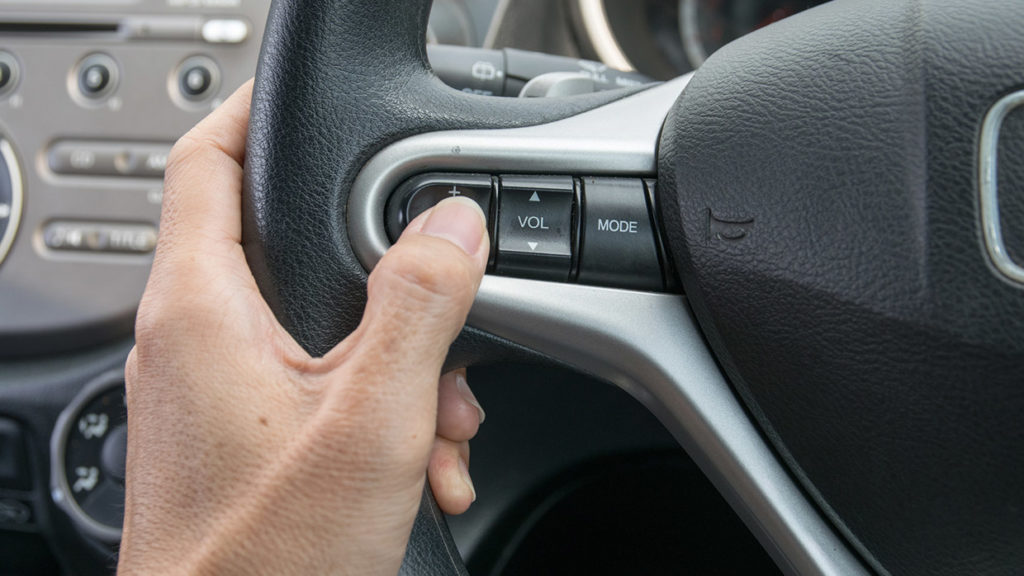
After drunk driving, one of the biggest road safety concerns today is texting and driving. Billboards remind drivers to ignore their texts because “Better left unread than dead.” In reality, though, how much more dangerous does technology make our roads? Even the experts are conflicted. Some technologies significantly improve driver safety and performance, while others could be putting everyone on our roads at risk. It’s the process of distinguishing between them that presents a problem.
New Navigational Tools

One technology that’s likely made drivers safer, rather than more reckless, is the increased use of GPS. Whether it’s just on your phone or a top GPS system from Garmin or TomTom, using a GPS system can keep people from fumbling around with maps or making strange, sudden turns because they don’t know where they’re going. GPS is definitely a tool for better road performance, especially because it’s essentially a “set it and forget it” tool – there’s no need to fuss with it once you’ve set your destination.
Digital Distractions

While GPS is generally beneficial to drivers, other technologies aren’t so easy to adjudicate. Take cell phones, for example. According to the NYELawGroup, distracted driving is one of the most common causes of car accidents, and using a cell phone is a top form of distracted driving. And it’s not just holding a cell phone to speak on it that’s hazardous – even talking on a hands-free device can be distracting. Sure, cell phones may make our lives more convenient most of the time, but everyone will be safer if you pull over to take your calls or wait until you arrive at your destination.
Dedicated Drive Modes
Though cell phones may be responsible for a growing degree of distraction, app designers are also increasingly savvy about reducing these risks. To this end, many driving-related apps – think GPS programs like Waze – as well as entire phone platforms like AT&T, offer the option to initiate special driving mode settings while in the car. These settings simply turn off call alerts and messages so there’s nothing to distract drivers, making a clear statement that, whatever is calling for your attention can wait until you’ve come to a complete stop.
Keep It In Cruise Control

One of the most popular forms of technology, and among the most important stepping stones toward autonomous vehicles, is cruise control and related adaptive technologies. These include lane-keeping technology, side, and rear traffic alerts, and other sensor-driven tools that help improve road safety. By chiming or providing an automated correction when a potential hazard arises, these tools can help drivers avoid accidents.
Despite their obvious benefits, there are major concerns about the use of lane departure warnings, blind-spot warnings, and their ilk, specifically that drivers are more reckless when they know that they can rely on these tools. That’s a serious concern; supportive technologies shouldn’t encourage dangerous driving behaviors and if they do, then they may cancel out any benefits they would otherwise provide.
As with so many dramatic technological advances, using new tools on the road has come with mixed results. Some make drivers safer, some draw our technology from the road, and others have great promise but perhaps haven’t come far enough to really improve conditions. Before we jump to adopt new tools, we need to consider how we’ll use them and whether their potential benefits outweigh the risks to ourselves and others on the road.














